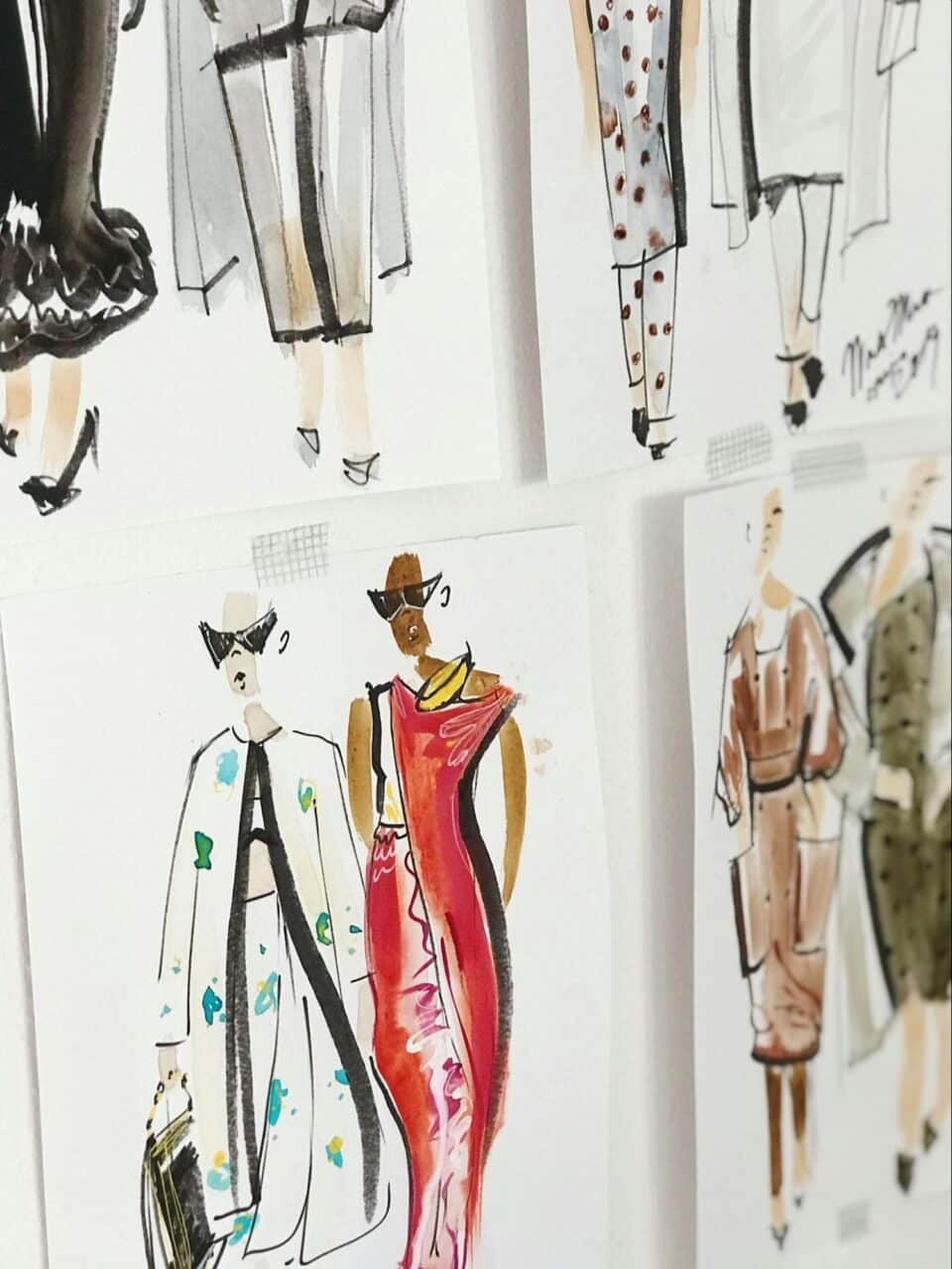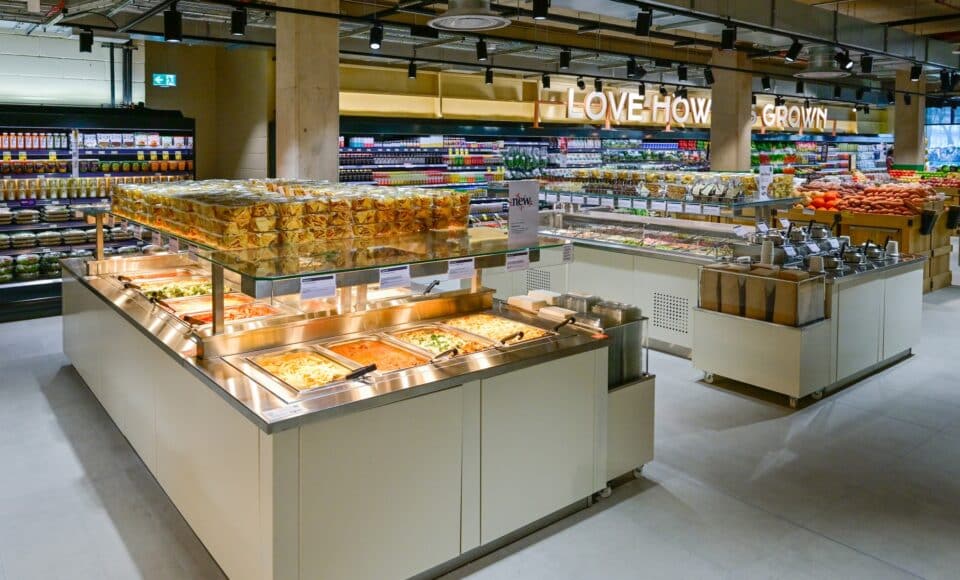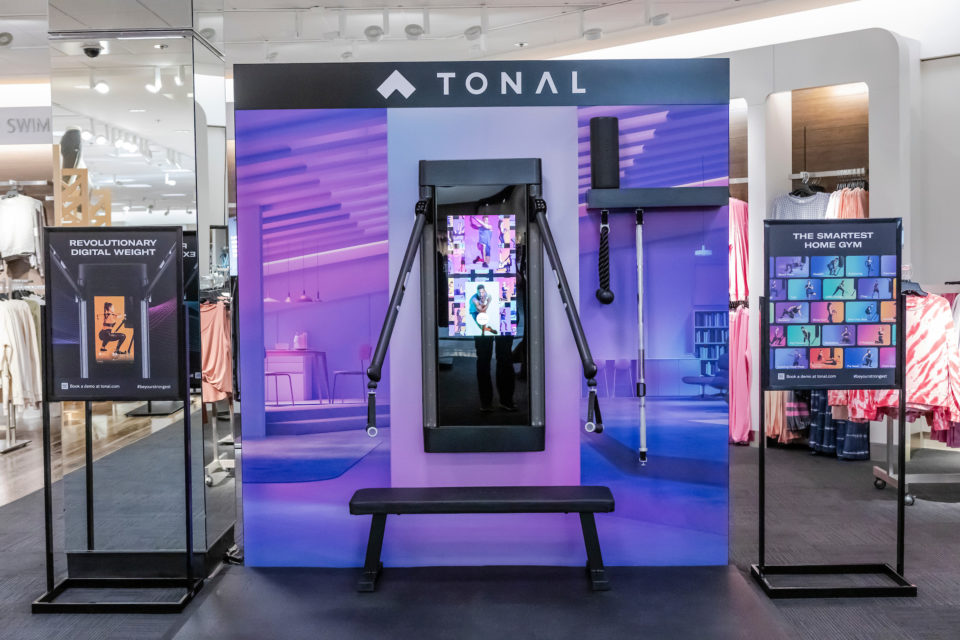Why The Idle Man turned to physical retail to build its brand
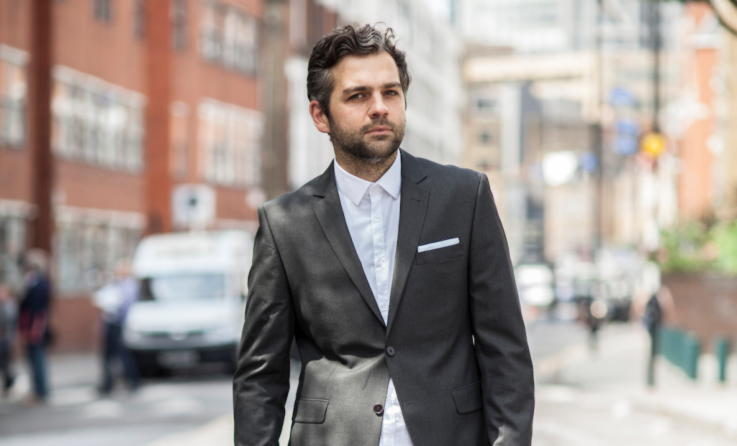
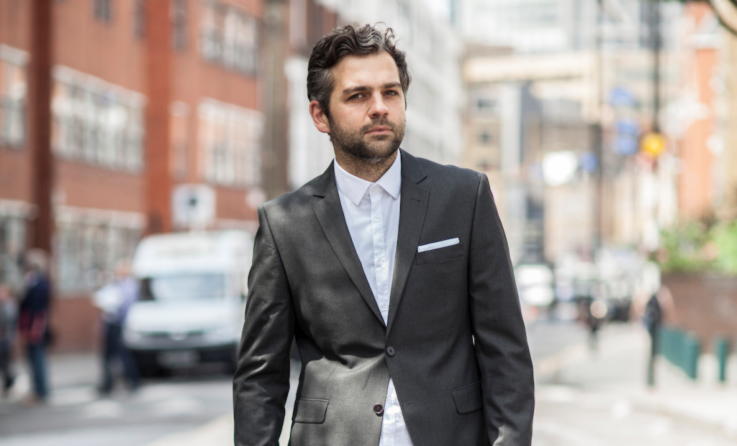
They call it the guide store, but The Idle Man founder Oliver Tezcan believes physical retail is about so much more. Why else would this formerly pure play ecommerce retailer with close to a million visitors a month move into bricks-and-mortar? Launched last year in London’s trendy Clerkenwell and stocking a curated selection of third party and own label menswear offerings, the store is already proving its worth as a brand builder.
We talk to Tezcan, former Head Menswear Buyer for Asos, about where retail is thriving, getting close to the customer, and how physical retail still offers the most bang for your marketing buck.
How has the store opening gone so far?
Yes, it’s been really good. We launched The Idle Man in 2014 and we saw ourselves being an online only player, but my dad who was a wholesaler of suits for a long time and had a wholesale showroom in that unit was thinking about retiring and it just seemed a shame to let it go. We had always felt from the brand building perspective that having a physical space was probably the quickest way to build the brand and that’s what we’re really trying to do at the moment.
We didn’t want to just open a shop, we wanted to maintain that digital first approach and use the store as a brand building concept to drive sales online. We’d seen various people in the US and France, who are doing these kinds of guide shops in terms of it’s an online business with a physical space, where you can see, touch and interact with the goods. So, we saw it as an opportunity that we just jumped on.
The store is in quite an offbeat location, which is primarily a food market and it has a really good customer base. On one end of the street there are all the law chambers and on the other end of the street there are a lot of media offices, young creatives, and then obviously the food market attracts the young hip crowd. It’s a lunch time trade. We don’t need to open the shop on a Saturday or a Sunday. We very much open during the week. And the response has been phenomenal, because it’s in a location where there is no other fashion retail.
It’s done what we wanted it to do, which was beat the drum for The Idle Man brand, and when I say brand I mean the overall brand, but also our own label range, which is what we are really focused on at the moment. We’ve got a great portfolio of third party brands, which draw people in but then often they end up coming out with an order for a load of our own label stuff which is obviously very competitively priced and it’s different from what they can find elsewhere. We are surpassing our targets and that is off just passing trade. We haven’t even started marketing, but we’ve got all sorts of ideas about how we can start actually trying to push people towards the store.
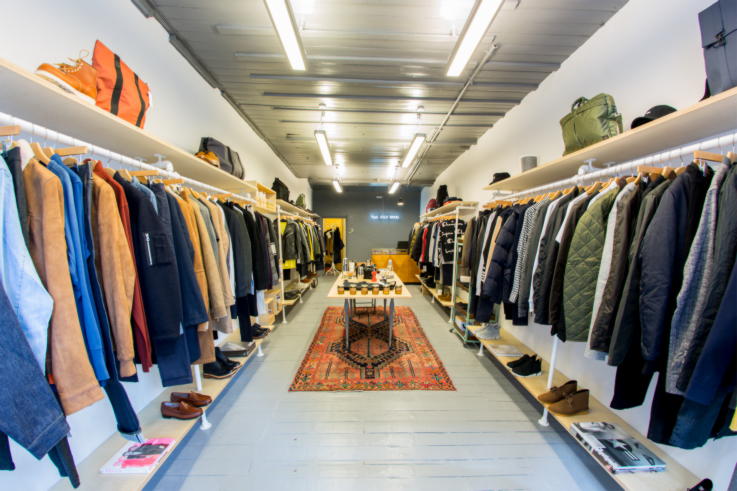
From your perspective, is there a particular reason why you only focus on men?
I think the reason is that womenswear is totally saturated and I have worked in menswear all my life and my biggest frustration has always been menswear is an afterthought. I started my career at River Island then to Asos, both of those are companies where menswear made up approximately 20-25% of the mix and they get treated accordingly. If you go into those stores, you’re a man, you’ve got to go down to the basement or you’ve got to go up three floors, and there is a bit of menswear in the far corner. The opportunity for me was nobody is doing accessible fashion specifically for men.There are alot of people doing it but it is always after they’ve done their womenswear offer, and that means that the tone of voice, the look and feel of everything that they do is very female and then there is a bit of menswear tacked on the end. I thought there was an opportunity to just focus in on menswear and because we’re doing it online, we don’t have the sales per square foot restrictions that you do for a bricks-and-mortarstore.
If you own 214 Oxford Street of course you’ve got to have womenswear on the ground floor because women buy more clothes than men, that’s a fact, so you have to put menswear somewhere more hidden. But online, you don’t have those problems so you can actually, do a really good job of it and that’s what we’re really seeking to do.
I’m not an expert on womenswear, but it is an incredibly saturated market and there’s just so much of it at every level and there are a lot of people really struggling to make a living out of it. From an online perspective, the other important factor from a business model perspective was that men return stuff alot, a lot, a lot less than women do. From a profitability perspective, think about Asos’ return rate of about 40%, our return rate is 18%. We are getting back literally half the amount of stuff a womenswear retailer is. Any online retailer will tell you how painful returns are, they cost an absolute fortune.
Also, just the fact that in my experience with menswear, it takes about three years for trends to come through, so we can sit here now and we can say, ” Okay, you know what, we feel puffer jackets are going to be big.” It will take two or three years for that to filter down to actually it being a menswear staple for your average man in the pub. In womenswear that trend will take a few weeks and if you’ve got on it in time, you’ll make alot of money in a very short period but it will turn off again just as quickly.
We’re a traditional ecommerce retailer, we buy and hold stock, we’ve got a warehouse and I think, the risks of being that model retailer in menswear is just far less than on womenswear because the pace that womenswear move is just so accelerated.
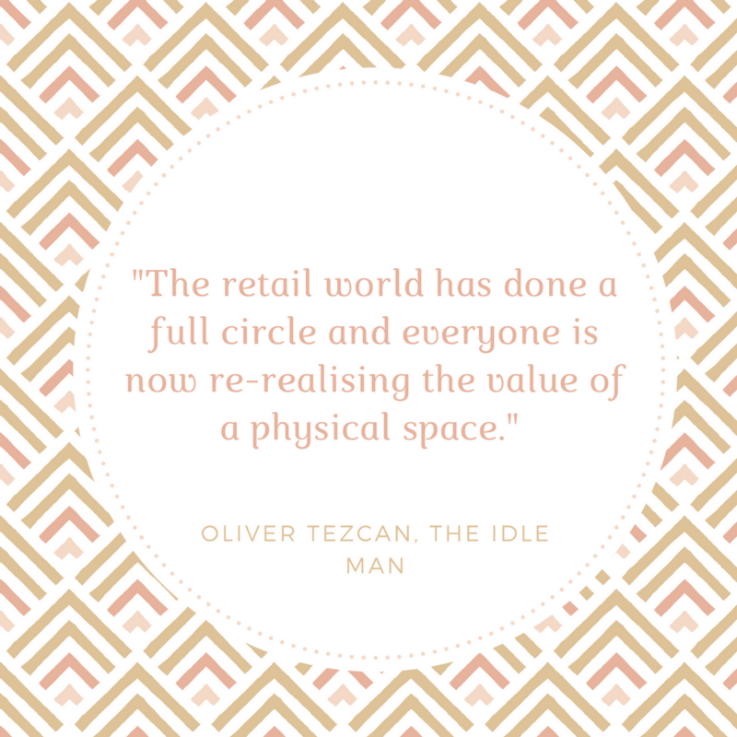
Can you tell me what your targets are or how you’re measuring the success of the space?
There’s a bit of a binary thing going on. A, it builds our brand overall, B, we drive some sales out of the store – when I say we’re hitting our target I mean selling stuff on the computer. In the store is generating enough revenue to do that. And then the other part of it is, as an online retailer, there is obviously a scepticism from brands to work with you. By having a physical space, we’ve actually opened up conversations with various brands who have either a no online policy or a no new pure player online retailer policy. So that is a bit of a win for us as well, we can talk to various big brands that could actually make enough of a difference to our bottom line that they would pay for the store themselves just through the online sales from those brands.
There is just alot of benefit. Even if the store didn’t hit its targets for whatever reason, if we can attract these brands off the back of it to sell on the .com, that could generate sufficient revenue to actually make the shop worth having anyway.
Are you able to tell me how you measure brand building from the store?
The nicest thing I find about it is just the customer’s feedback on the floor. We do a floor walk every Tuesday, me and the merchandiser and usually the buyer, and just the feedback from the customers in itself is absolutely fascinating and our manager writes a report about that. And that’s just feedback you don’t get – you can look at Google Analytics or you can look at all your metrics as much as you want for an online retailer, but you never really get a true sense of what customers are after. So, that on an anecdotal basis, is really really valuable. The other piece of data that we are really excited by is online our own labels makes up about 15% of the mix, so it’s like the smaller part of the business. In the store, so far, the own label has made up more than 50% of the mix.
We’re finding that when you invite people into the store, when they’re coming with no preconceptions, they haven’t come in looking for a particular thing, they’re just coming in having a browse, it’s the own label stuff that is actually winning, whereas the way online marketing works it’s very often a brand term that causes someone to arrive on the site. You can be very effective at selling Barbour jackets online for example, but you’re not really building any brand equity, all you’re really doing is selling a Barbour jacket to someone who wanted a Barbour jacket and typed Barbour jacket into Google, there’s no emotional connection with your brand.
What we’re seeing online is occasionally somebody who comes on for a brand term might chuck some Idle Man stuff in their basket because it is an accessible price. But in the store, there just seems to be a much more emotional engagement with us and actually seeing us as a brand and that’s what we’re putting all our focus on at the moment, is how we build our own label.
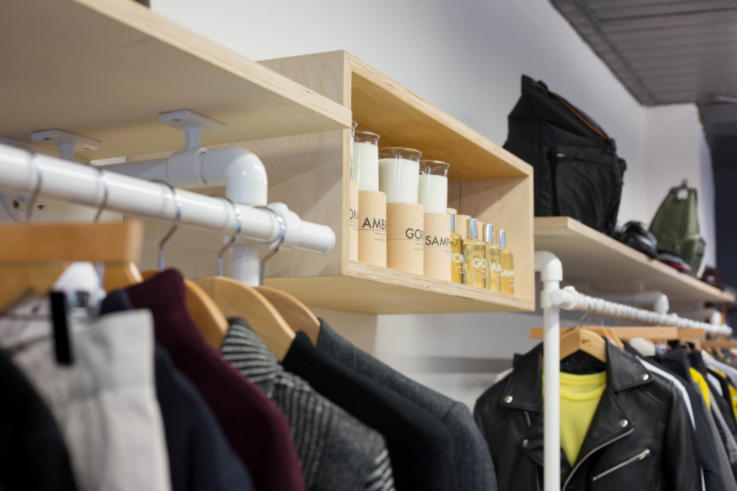
Is there anything else that you can tell me about the product mix in the store –is it similar or different to the things you’ve got online? What percentage of the stock is in the store?
In terms of mix, I think we’ve got about 20-25% of the things you see online are available in the shop, or we have physical representation of in the shop. It’s an edit skewed towards the premium end of what we do on the website. But what we found is that most of our trade to date has been from passing trade, so you learn the particulars of that demographic. For example, where we are, we get a lot of people asking for smart stuff, so we sell a disproportionate number of blazers, overcoats, smart trousers. We sell them online but they are not big product categories for us online. If I’m honest, our online mix is probably more skewed towards street wear and heritage work wear, whereas in-store you are getting a skew of customers who are actually after more of a smart casual look. So, we’re just learning the whole time and tweaking the product mix.
We don’t want to tweak it too much because the whole point of our brand is we stand for something, to mean something, but you can see for example that we’ve got some stuff in there that is quite out there street wear, and is just wrong for the customer. We are pulling that out and we’re putting in a few more tailoring pieces to switch that mix a little bit. But I think once we start doing more marketing around actually trying to push people to the store, because it will be an already engaged customer who is coming in they will probably be looking for that stuff more, rather than just on their lunch break, actually coming in looking for something specific, so that might change it a little bit. It has just been interesting to see how the mix is dictated by the people who are in the vicinity of the store.
Where are your online customers based typically?
I think last financial year, we were about 75% UK and 25% international. Since Brexit, that has shifted quite dramatically and actually, I think in recent months 47% of our customers were actually international. There is this massive swing towards international. Within the UK, about a third of our customers in the UK are London based. US is very very strong for us, about 15% of our sales currently come from the US, Australia is very good and we do quite a lot in the Middle East as well.
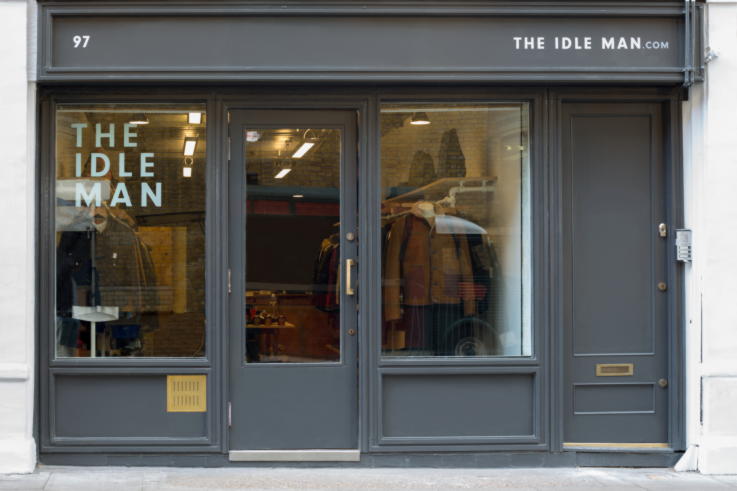
Do you think having a physical store will help the online sales?
Yeah. 100%. The whole thing is about ‘you want this in such and such a size, I’ll order it for you here on The Idle Man website and introduce you to the website’. I just think as a branding piece, having a store is an incredibly powerful thing. One of our angel investors is a guy called Peter Mullen, who is the founder of Thomas Pink and when they went into the US, they just spent all their marketing budget, every single penny they had on opening a store on Madison Avenue and they did nothing else, and it just made them a brand in the US. Just off that one act.
And that’s the power of retail—so whatever the rent is on that shop, it is a lot cheaper than trying to buy that amount of traffic on a TV ad campaign or Google search or whatever. So, if you get it right and emotionally engage with people coming into that physical space, it is incredibly powerful.
During my time at Asos they both spent untold millions on breaking into the US, and my attitude the whole time was exactly the same, if you just open a big flagship store on Broadway or Fifth Avenue or wherever you want, instantly overnight everyone in New York and therefore most people on the east coast of America would know what Asos was, and it’s alot cheaper than sponsoring teams, sponsoring Coachella, having a street party and all this stuff. It’s like actually just open a shop and actually there’s a chance the shop might pay for itself anyway, so in a sense it’s free marketing. I think it is an incredibly powerful thing, in terms of building your brand presence. And actually now, they are so many – not so much in menswear but in womenswear – identikit ecommerce retail and they all just look the same.
They are now advertising on TV and it’s interesting if you look at Missguided, they’re probably the most forward thinking and best of those young women retailers, and they’re now opening shops and it is all about their stores and that brand presence. The retail world has done a full circle and everyone is now re-realising the value of a physical space.
I heard you were planning on your space being part shop, part studio and part event space – is this how it turned out in the end?
Basically it’s dictated a certain amount by the space, so before we did this we were looking at a shop in Peckham and that was a bigger unit and the intention there was exactly that – we would have our photo studio in there, it would be a store, we would also have space to do stuff in, be it a barber shop, be it a coffee bar, be it a pop up restaurant and just keep it interesting. Then you can leverage that and actually start using that store as a revenue stream, in terms of actually renting it out as a space to people who want to do stuff in there.
That’s not something we have no ambition to do, it’s just in our current space it’s a small shop and we don’t have the room to do it. But I think it’s an interesting thing and if you look at like what Story have done and MerciMerci in Paris where it very fluid, and even Urban Outfittersin the US at the moment, they’ve just bought a pizza chain and they’re going to put that into stores. I think that’s just the future of retail because physical stores aren’t about shifting product anymore, they are about building a brand experience. The reason why Arcadia is in so much trouble is because they’ve just got this terrific aged over the top store profile because they are stuck in a period when the way to make money out of retail was to have 200 stores and you just don’t need them anymore. You need stores but what you need them as a flag bearer for your brand.
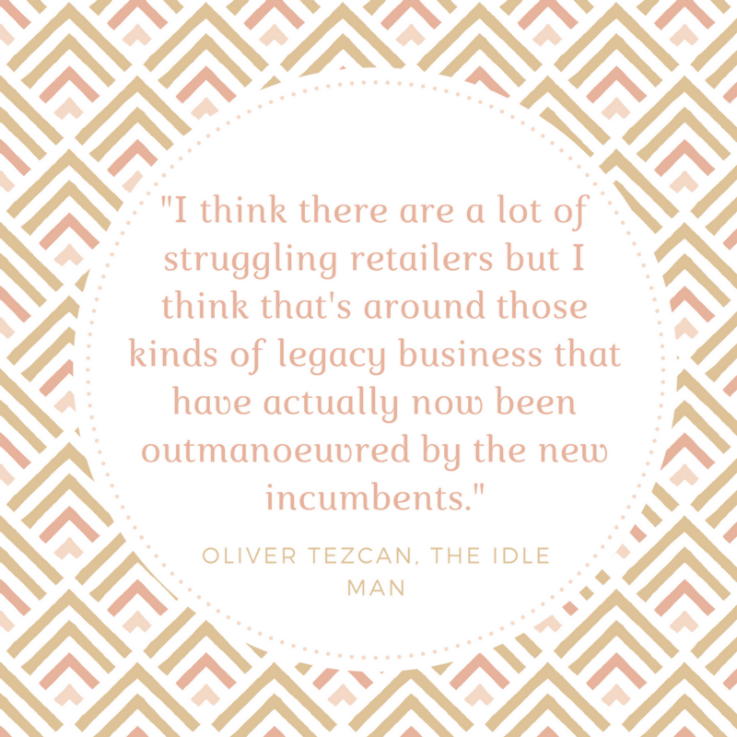
Are there any omnichannel elements in your store?
The store is omnichannel in that you buy stuff digitally whilst in there. The other element to it is that we also offer a personal stylist service. We’ve always offered it but that was mainly online, so there is an online questionnaire, you fill it in and we put together a parcel of clothes that we think would work for you, you get them sent to your house, you try them on and you send them back. There is no obligation, you get free returns.
But we revisited it and ramped it up a little bit since the store has opened, so we can send the parcel to your house or office, you try it on or send it back, or if you are in the vicinity, you can come into the store and you can try it all on here. We’ll order it in for you for an appointment that you can come in, try it all on, take or leave what you do or don’t want. We can process returns and stuff like that in the store, but it is more about the ordering online and seeing the samples there, try it before you buy, and then the personal styling element.
Do you have a subscription offer as well?
No. It’s a one-off thing. You can sign up for an appointment, I think the general feedback I get about those sort of things is that people get tired of them very quickly and you don’t really want to be hounded every month for something. That’s not really what we are about. We are an ecommerce retailer first and foremost and that’s what we’re good at.
How hard or easy would it be to make a concept like that work for women?
I think it would be easy for a women’s version to open up and I think that there’s probably a demand for it. I think the difference is, and I’m generalising massively here, but I think women like to shop for clothes whereas men don’t and that’s the key difference. It really resonates for men because they get to zero in on what they want very quickly, get it delivered, minimum fuss, whereas women prefer the process of shopping, they like the browsing element of it. One of the interesting things that we always found from the customer research we did back in Asos days, was women browse. They scroll through pages, so they’ll go to the dress page where there are two thousand dresses or whatever it is, they’ll scroll and then they’ll add things to their basket, take things out of their basket, order stuff, try it on at home, send it back, order more stuff and so it goes on. Men, take a totally different route–they go straight to the filters, they are going shirts, white shirts, Fred Perry white shirts, that’s the one I want, this is my size, bang in the basket. It’s a completely different user journey and I think that sums up the difference between the shopping approaches of men and women.
I think when you get to that subscription idea, which is very much like, look, you have no involvement in this, we are going to take the decision out of your hands and here is what you’re having. I can understand why that plays into a male approach, but not so much a female one. But having said that, I am sure there are millions of women out there who are in exactly the same boat and hate shopping for clothes and just want it taken out of their hands.
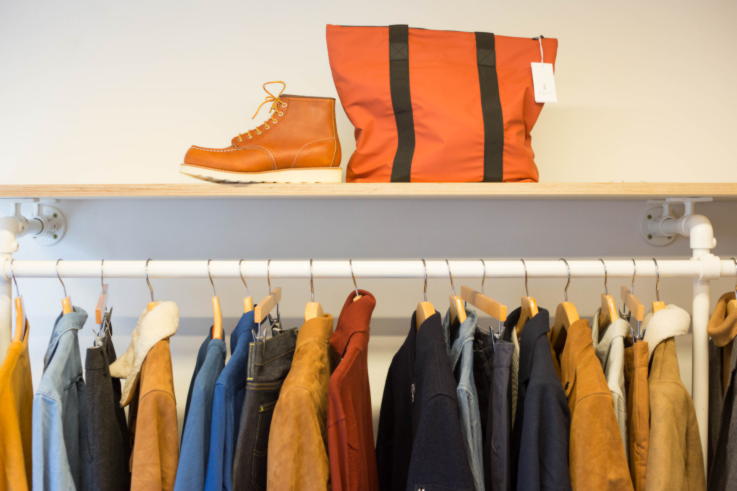
What elements of retail do you see as thriving?
I am evangelical about “traditional” retail i.e.; buying and selling, paying the bills and having enough money left over. That’s the way I think you can make alot of money out of retail –you only need to look at the Zara’s, the H&M’s, the River Island’s, the Asos’s, Missguided’s, the Boohoo’s– these are all massively profitable, massively successful companies and they all do the same thing. Some have stores, some are online, some have both, but they all do the same things, they buy and sell stock and they make good margin on that stock and they control their inventory and they turn on the right weekly cover and they manage their cashflow effectively and they make money out of it.
What I’m sceptical of is the old retailers who are still there doing a slightly busted thing. I used Arcadia as an example before, arguably taking Topshop and Topman out of the mix, but all the rest of their brands if they didn’t exist, you wouldn’t invent them now and you certainly wouldn’t invent them with 200 retail stores and probably quite awful leases. So of course, they’re struggling. And if you look at Marks & Spencer who targets women who are 35 plus, they don’t shop in Marks & Spencer anymore they shop in Zara, they shop in Primark, the world has moved on. I’m not surprised that they are struggling because their businesses existed for a time that’s gone. I think there are alot of struggling retailers but I think that’s around those kinds of legacy business that have actually now been outmanoeuvred by the new incumbents.
I am a founder of a start-up, I spend a lot of time talking to investors and capital firms and other founders, and the one challenge I get most of the time is, “Why do you hold stock? Nobody holds stock anymore, everyone is an affiliate, everything is a market place blah blah blah. Don’t hold the stock just be this marketing tool for other people.” But I just don’t believe that there is any profit in it. All these wizzy, very clever affiliates, there are like 20 different Tinder’s of fashion for example, and they all operate on the same model, swipe left, right and then you buy and then we get a commission off the brand that’s selling it to you. You’re getting a commission of like 6%, and your cost proposition is exactly the same as mine is and I am making 40% plus. I just don’t think those guys have really got a room for profitability and I think there’s a general consensus that it is hard to make money out of fashion online, but I think it’s because there has been alot of focus on the wrong model.When you look at it even now, the people who are making money out of fashion are still the people who are buying and selling stock.
Do you have any other plans for growing the brand’s reach further? Would you consider other stores or what are the next steps?
We certainly never say never. What we’re experiencing from the current store is very encouraging and I think I would certainly like there to be some roll out at some point. It is never our intention to go open 200 shops but I do like this idea of having five flagships in the UK for example, having one or two in London, one in Manchester, one in Edinburgh, and as I said before, just suddenly everyone in the UK would know what The Idle Man is, just because most people who live in a metropolis would have one on their high street that they walk pass everyday and go into and using it as a marketing tool. Then when you go into other countries, utilising them in the same way, comparing that to digital marketing or TV or any other channel, it is still a very very cost effective way of getting your brand out there.
A more immediate thing for us at the moment is that we are seeing a real spike in international. Part of that has to do with the pound, there is obviously a cost advantage to the buying of UK retailers at the moment, but even setting that aside we were already seeing quite good growth before Brexit. We sell to any country in the world, but we do it all from the UK website and if you want to return stuff you’ve got to send them back to us and everything is in pounds and it just translates into your local currency fairly crudely. But we’ve now opened a return hub in Germany and we’ve employed a German customer care guy. So we are selling to Germany with free returns and local language customer care, so probably the more immediate focus for us is building a site in key international markets and having a returns hub in each and having local sites because at the moment we’ve only have one site.
If you want more content like this, or to keep up with the latest retail trends, click here to join our community.
Images courtesy of The Idle Man

